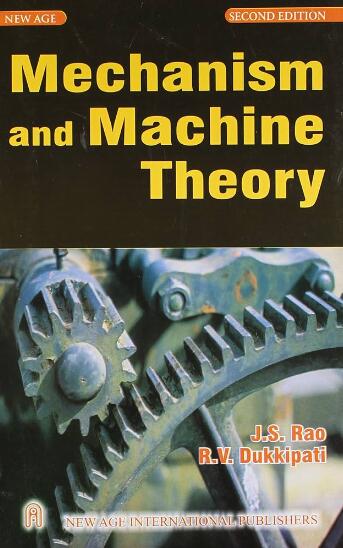The novel synthesis method of decoupled generalized parallel mechanisms based on motion transmission
IF 4.5
1区 工程技术
Q1 ENGINEERING, MECHANICAL
引用次数: 0
Abstract
Compared with traditional parallel mechanisms, decoupled parallel mechanisms exhibit superior motion control capabilities. In this paper, a novel synthesis method for decoupled generalized parallel mechanisms (DGPMs) based on motion transmission is proposed. This method enables the successful construction of passive chains capable of achieving input-output motions with identical rotational/translational directions and proportional velocities in both planar and spatial configurations. Subsequently, DGPMs with diverse motion types are realized by modifying the drive chain while maintaining invariant passive chains. The proposed methodology modularizes the synthesis process, allowing new mechanism designs to be generated simply by altering the input motion type of the drive chain. Furthermore, coupling chains in each branch are optimized through the integration of multiple DGPMs, where their moving platforms are rigidly interconnected to form a more stable multi-branch DGPM architecture. A representative 6-degree-of-freedom (DOF) mechanism is selected for comprehensive performance analysis. Finally, potential applications in assembly and welding manipulators are discussed to illustrate the practical relevance of this mechanism class.
基于运动传递的解耦广义并联机构综合新方法
与传统并联机构相比,解耦并联机构具有更好的运动控制能力。提出了一种基于运动传递的解耦广义并联机构综合方法。该方法能够成功构建被动链,使其能够在平面和空间构型中实现具有相同旋转/平移方向和比例速度的输入-输出运动。随后,在保持无源链不变的情况下,通过对驱动链进行修改,实现了不同运动类型的dpm。提出的方法模块化的综合过程,允许新的机构设计产生简单地改变输入运动类型的驱动链。通过多个DGPM的集成,优化各分支的耦合链,使各分支的运动平台刚性互联,形成更加稳定的多分支DGPM体系结构。选择具有代表性的六自由度机构进行综合性能分析。最后,讨论了在装配和焊接机械手中的潜在应用,以说明该机构类的实际意义。
本文章由计算机程序翻译,如有差异,请以英文原文为准。
求助全文
约1分钟内获得全文
求助全文
来源期刊

Mechanism and Machine Theory
工程技术-工程:机械
CiteScore
9.90
自引率
23.10%
发文量
450
审稿时长
20 days
期刊介绍:
Mechanism and Machine Theory provides a medium of communication between engineers and scientists engaged in research and development within the fields of knowledge embraced by IFToMM, the International Federation for the Promotion of Mechanism and Machine Science, therefore affiliated with IFToMM as its official research journal.
The main topics are:
Design Theory and Methodology;
Haptics and Human-Machine-Interfaces;
Robotics, Mechatronics and Micro-Machines;
Mechanisms, Mechanical Transmissions and Machines;
Kinematics, Dynamics, and Control of Mechanical Systems;
Applications to Bioengineering and Molecular Chemistry
 求助内容:
求助内容: 应助结果提醒方式:
应助结果提醒方式:


